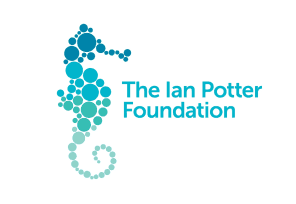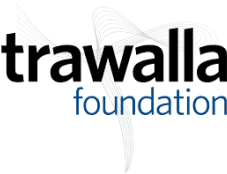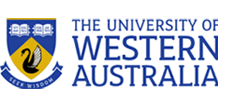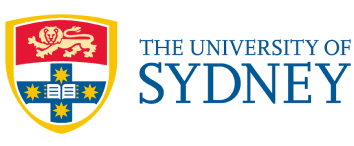The scary truth behind plastic Halloween decorations

Image: Liam Ferguson
News story
28 October 2025
The spooky season has officially arrived, with houses decked out with Halloween decorations like fake cobwebs, carved pumpkins, and plastic spiders - however, there is a dark side to the holiday.
Biodiversity Council lead councillor Sarah Bekessy, a professor of sustainability and urban planning from RMIT University, explains how these decorations are harming the native wildlife in our streets.
"Most people in Australia are warming to the idea of Halloween fun and certainly our kids have embraced the chocolate and lollies it brings with gusto. But there’s a ‘dark side’ to Halloween decorations that involves the animals we share our homes and streets with.
"Single plastics from costumes and decorations, while fun for the night, can take thousands of years to break down and may end up as microplastic pollution in our riverways and oceans.
"Artificial cobwebs can entangle insects and birds who may also mistakenly try to use it as nesting material.
"And the light pollution from hanging lanterns may seem trivial, but combined with streetlights, can disrupt sleep patterns of animals or prevent them from foraging.
"No one wants a night of fun to become a lifetime of grief for our enchanting native wildlife, but luckily there are great alternatives. Replace fake cobwebs with old sheets, cheesecloth or woven string, challenge yourself to create your costume from things you can find at secondhand shops, and cut down on Halloween lights - it will be spookier!"
This article was adapted from a media release by RMIT University. Read the original article.
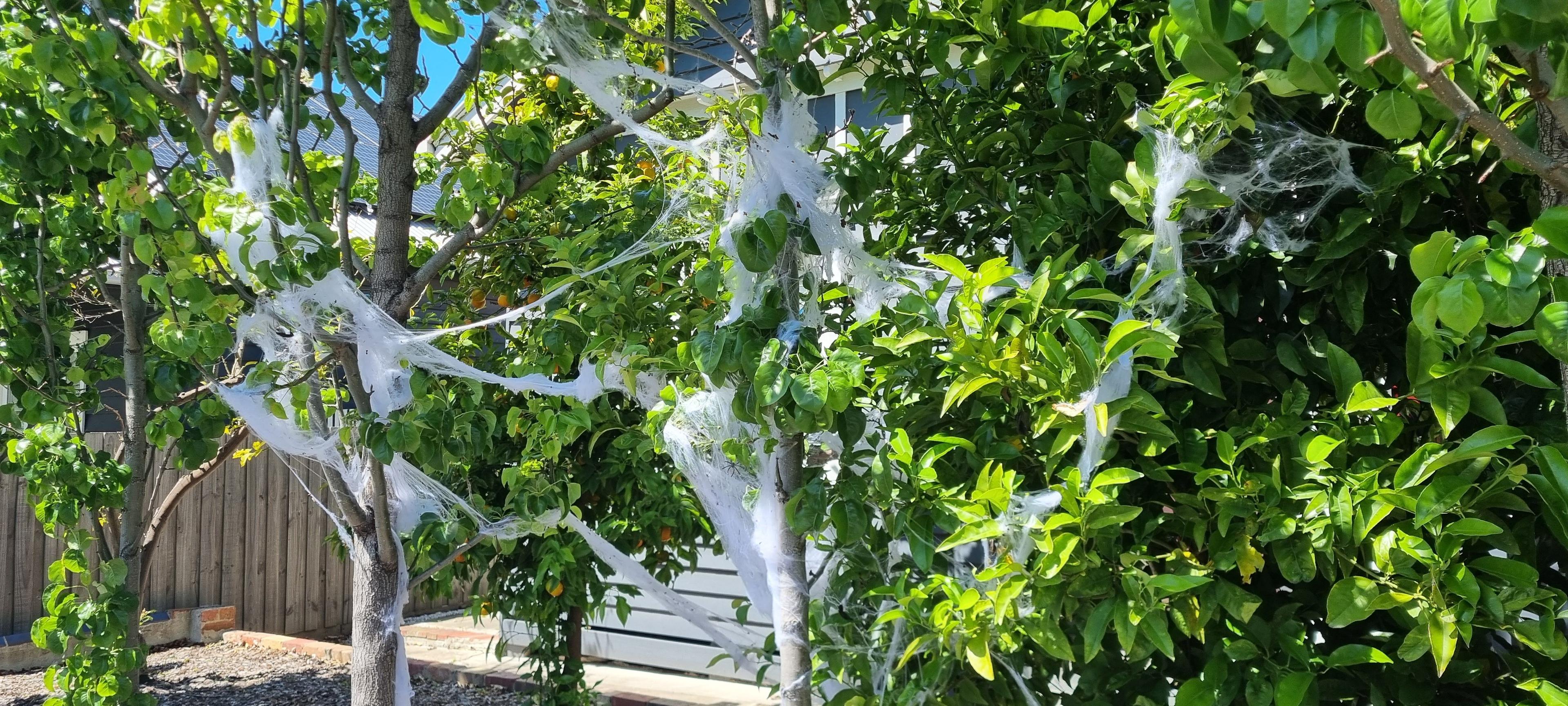
Artificial cobwebs can entangle insects and birds who may also mistakenly try to use it as nesting material. Image: Liam Ferguson


